Understanding the ins and outs of an ACL injury and its management is essential. Enter the ACL brace — a reliable companion on the road to recovery.
In this guide, we will navigate through Anterior Cruciate Ligament injuries. We’ll also unveil the purpose and timing of knee support for ACL injury. By the end, you’ll be equipped with the knowledge to make informed decisions about when and how to use one. Keep reading!
Understanding ACL Injuries
An ACL injury involves tearing the anterior cruciate ligament, a.k.a. a crucial stabilising ligament in the knee. Such injuries are a common setback in sports and everyday life. They are often caused by sudden stops, pivots, and abrupt changes in direction. Not only do they bring physical pain but also disruptions to activities we take for granted.
Swift and appropriate management are imperative. Otherwise, untreated ACL injuries can lead to chronic instability and complications. In the following sections, we’ll delve deeper into the role of a Physioroom knee brace.
What Is an ACL Knee Brace?
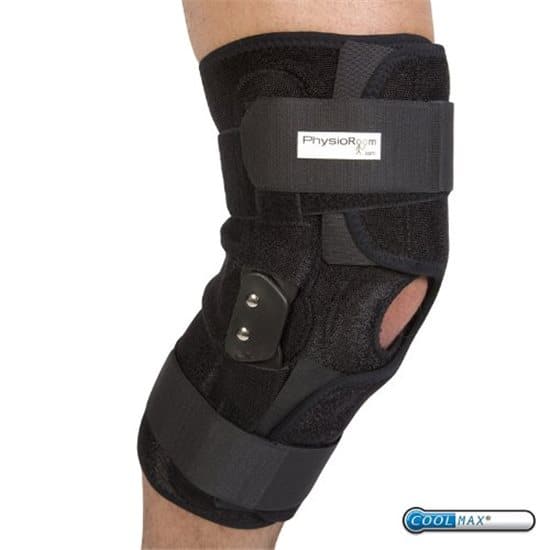
An ACL sports brace is a specialised orthopaedic device designed to provide:
- support
- stability
- protection of the knee joint, particularly the anterior cruciate ligament
These braces function as supplementary safeguards. They reduce strain on the injured ligament during movement, aiding the healing process.
Types
Two main knee brace types are commonly used for ACL tears include the following:
- Prophylactic: These preventive braces are worn by individuals engaging in high-risk activities.
- Functional: Primarily used after an ACL injury or surgery. These braces offer targeted support during the recovery phase. They allow for controlled movement while limiting excessive stress on the healing ligament.
Support and stability
ACL braces employ adjustable straps and rigid components to stabilise the knee joint. By restricting unwanted movements, they provide a controlled environment for the ligament to mend. This, overall, promotes a smoother and more secure recovery process.
When to Consider Using an ACL Brace
Post-injury phase
In the critical aftermath of an ACL injury, support like the Mueller knee brace plays a pivotal role. It offers immediate stability to the injured knee, minimising further strain. These braces also help reduce swelling by promoting proper blood circulation and compression.
Seeking medical advice before employing a brace in this phase is vital. A healthcare professional can determine the precise brace type. Moreover, the usage instructions are tailored to the injury’s severity and individual needs.
Pre-surgery period
In the period preceding surgery, the use of a knee brace for ACL can be recommended. This aims to stabilise the knee joint and deter more damage to the injured ligament. By limiting unwarranted movement, the brace helps prevent exacerbation of the injury.
But first, consult a healthcare professional before deciding to wear one. This ensures a tailored approach aligned with your condition during this phase.
Post-surgery rehabilitation
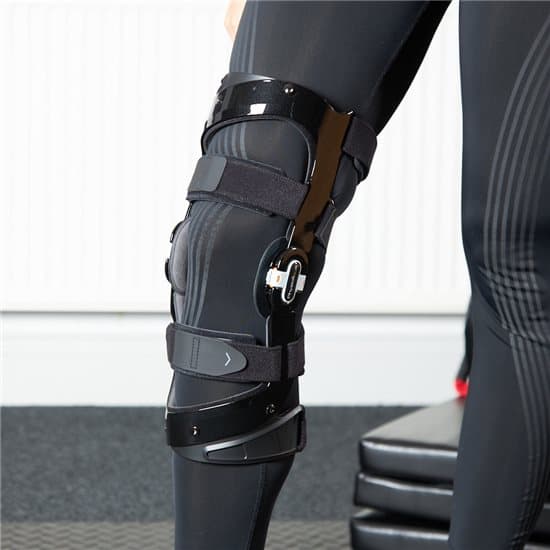
During the post-surgery rehabilitation phase, ACL braces assume a vital role. They facilitate a gradual return to activity by aiding controlled movement. Plus, safeguards the healing ligament.
Additionally, they provide a reassuring layer of protection. This helps reduce the risk of overexertion or reinjury. The timing and type of brace to be used are decisions guided by the experts.
How to Use an ACL Brace Effectively
Proper fit
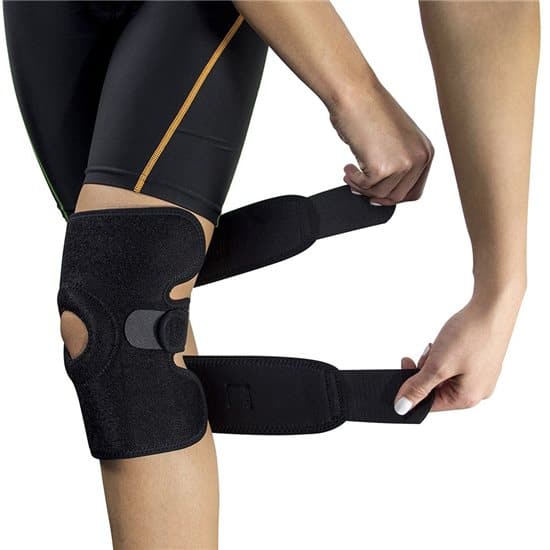
Ensuring the right size and fit of your brace is paramount for effective support and comfort. A poorly fitting brace may hinder its intended benefits.
To measure for the correct size, wrap a measuring tape around the thigh a few inches above the knee. And another one around the calf a few inches below it.
Top tip: Refer to the manufacturer’s sizing guidelines. When in doubt, seek assistance from a healthcare professional.
Usage guidelines
Adhering to wearing guidelines for your knee support is crucial across recovery stages. Initially, wear it during activities requiring knee stability, gradually increasing usage.
Typically, wear it for a few hours each day. You may extend the duration as advised by your healthcare provider. Specific instructions from your provider should be followed to maximise its therapeutic effects. For instance, wearing it during physical therapy sessions or for certain activities.
Skincare and comfort
Maintain skin hygiene by keeping the area beneath the brace clean and dry. Moisture-wicking fabric can aid in reducing irritation. Apply a barrier cream, if recommended by your healthcare provider, to minimise friction.
Regularly inspect the skin for any signs of redness or irritation. Promptly address any discomfort to ensure a smooth and comfortable recovery journey.
Consulting a Healthcare Professional
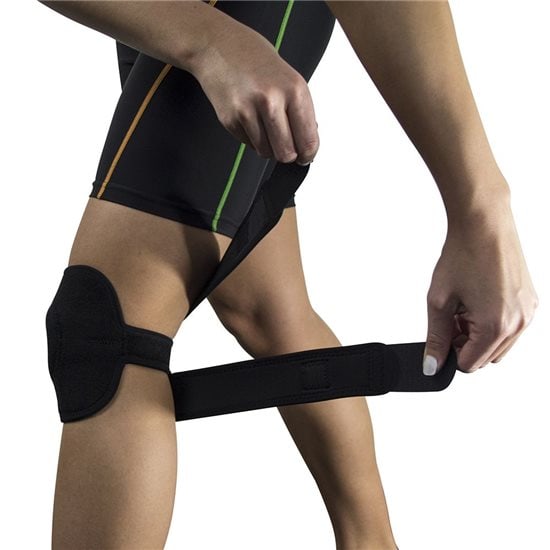
The decision to use an ACL brace should always be undertaken in close consultation with a qualified healthcare provider. Their expertise allows for tailored recommendations aligned with your:
- injury’s severity
- overall health
- progress
A healthcare professional’s personalised guidance ensures optimised support for your recovery journey. You may also take the opportunity to ask which one of these ACL knee braces would suit you best. Depending on your state, they may suggest using a bionic knee brace or knee ligament brace.
Moving on: How to Treat a Sprained Knee


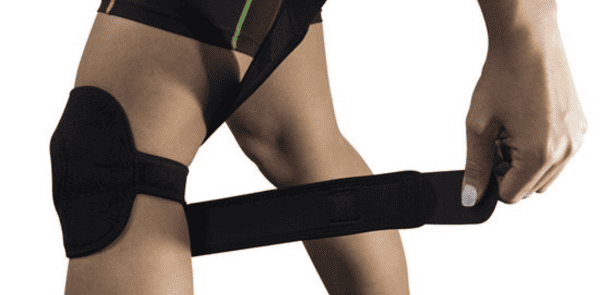
 (
(